The battle for Maradona’s millions
The football icon’s death last year has led to a feud involving his ex-wife, two former girlfriends and several of his children.
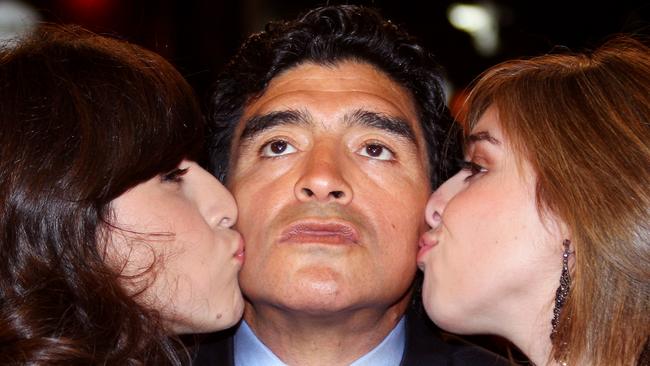
The battle wages almost nightly on television in Argentina. On one side is Diego Maradona’s actress daughter, Dalma, alleging that a “mafia of assassins” caused the death of her father, the soccer icon. In retaliation, Maradona’s lawyer, Matias Morla, insists that Dalma and her sister, Giannina, neglected their father in his later years and are only interested in grasping what they can from his estate.
As well as the feuding of an ex-wife, two former girlfriends and an indeterminate number of children — is it eight? More than 10? — there are the troubling circumstances of the Argentine footballer’s death in November leading to allegations of negligence or malpractice that are being investigated.
The extraordinary life and times of Maradona will be depicted this year in an Amazon Prime drama, Sueno Bendito (Blessed Dream), but it may struggle to match the reality of the news bulletins that have gripped and polarised the Argentine public.
Leaked recordings from Maradona and those around him — “The fat man is going to snuff it,” Maradona’s doctor is alleged to have said — have fuelled the fascination, but so have a series of bitter and ugly disputes. “It made me vomit,” Dalma said on hearing the doctor’s comments.
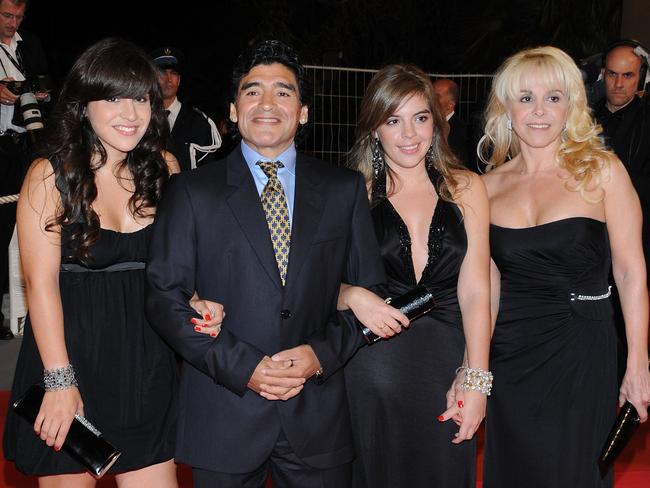
Of course, we should have guessed that Maradona would not go quietly. The footballer who lived a life of extraordinary excess — of talent, women, drugs and glory — continues to cause havoc, even in death.
Dividing up his estate was never likely to be simple — how many children did he father? Was he counting? — and, depending on reports, he left $US100m ($127m) or next to nothing when he died from heart failure. Either way, there was no will, leaving the tax authorities to battle those who had shared their life with perhaps the greatest footballer of them all.
For Maradona, it always was this chaotic, from the moment that it was clear when he was a young boy on the mean streets of Villa Fiorito, a shanty town outside Buenos Aires, that he had rare sporting gifts. From a home where the only running water came from the holes in the roof, he elevated himself to a new existence of global fame beyond his, or perhaps anyone’s, imagination.
While researching a book on him, I likened tracing Maradona’s journey to coming across the aftermath of a series of wild parties. A huge amount of fun had been had, but there were piles of wreckage left to sift through.
For that book, I sat down with Maradona and his former wife Claudia Villafane. They had separated, but she was running his affairs, trying to keep his life in order, which was a thankless task. For me, meeting him was a case of third time lucky; on two trips to Buenos Aires he did not show up, preferring to head out to party (a better offer, admittedly).
When we eventually sat down, Maradona oozed charisma. He was irreverent and outrageous, but also willing to delve into the darker side of his character. He spoke not just about his triumphs, such as single-handedly leading Argentina to the 1986 World Cup, but about how love for his daughters, Dalma and Giannina, had saved him from the cocaine addiction that almost killed him in 2000.
“I can tell you that I lost out on many years with my daughters, and you can’t buy that time with all the money in the world,” Maradona explained, ruefully.
When I asked what he wanted on his gravestone, he replied: “A good father and the best player ever.”
The second of those claims is easier to justify, especially given recent revelations.
In one audio recording leaked last month, reportedly dating from 2016, although the timing is disputed, Maradona allegedly told his eldest daughter: “Dalma, you’re useless at lying. Your mum is a thief and you served as her accomplice.”
Disputes over Maradona’s estate and turbulent family dynamics have been rumbling for many years. Dalma, 34, has an Instagram account of 1.7 million followers and no qualms about using it to put her side. She posted photos of a 10, Maradona’s shirt number, that she had tattooed on her ankle soon after her father’s death and said she would “love and defend” him for ever.
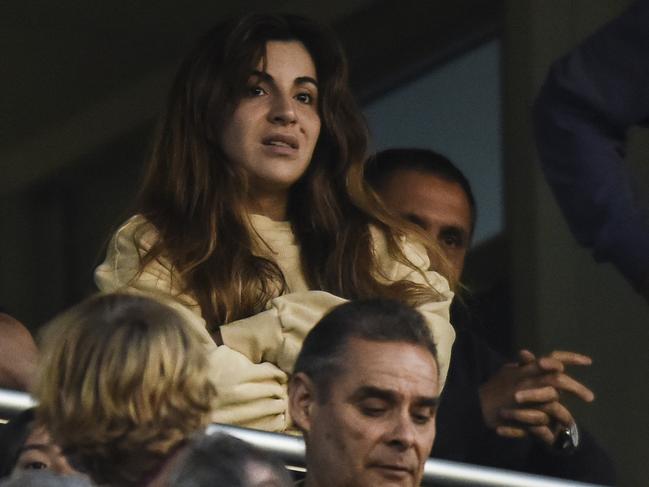
Dalma is supported by Giannina (the ex-wife of Sergio Aguero, the Manchester City striker), and their mother, Claudia, who was Maradona’s teenage sweetheart and then his long-suffering wife of 14 years. They have hired a high-powered legal team that specialises in complex inheritance cases and called for a police investigation into Maradona’s death.
Against them is Morla, Maradona’s lawyer in his latter years, who also appears to have the support of the footballer’s recent girlfriends. The most recent, Rocio Oliva, is a glamorous former footballer half the age of Maradona who broke down tearfully on television when she was turned away from visiting his coffin, on the orders of Villafane.
Morla has been running the “Maradona business’‘ for some years, through a company called Sattvica, which registered as trademarks “El Diego’‘ and “El 10’‘. Morla’s offices were reportedly raided in April after Dalma and Giannina made a complaint of fraudulent administration but no one has been charged. The lawyer took to television to retaliate, claiming Dalma and Giannina “robbed” and “abandoned” their father in his final years, and that Maradona had taken against them. “The girls don’t like me since we cut off their credit cards in June 2014. They fought because they stole from him,” Morla claimed in a recent interview with America TV. “I am the one who was with Maradona for seven new years and seven Christmases, looking at the phone and nobody called him.” His daughters deny the allegations.
Dalma’s choice of Roma for her daughter’s name was said by Morla to have been a deliberate insult to her father given his bond with Naples, where he enjoyed many triumphs. “Except for the sisters, they all left him alone. Maradona was abandoned, he died alone,” he said.
Maradona had split from Oliva and had no family with him when he died in a rented house outside Buenos Aires. The exact circumstances of his death, aged 60, are still being examined, with seven people under investigation including the surgeon Leopoldo Luque and the psychiatrist Agustina Cosachov.

After brain surgery early in November to treat a subdural haematoma, a blood clot on the brain, Maradona had checked out of hospital. According to Reuters, a report by a medical panel alleges that Maradona could have survived but for “deficient and reckless” care and that he “showed unequivocal signs of a prolonged agony period” of at least 12 hours. No charges have been brought and lawyers for Luque and Cosachov have disputed the findings, insisting that selective leaking was undermining the legal process.
For a man feted throughout his life, Maradona’s death sounds a particularly sad and lonely one. According to Morla, he was not over his break-up from Oliva, who in the PR and legal battles appears to have found an ally in Veronica Ojeda, a former girlfriend and mother to Diego Fernando, born in 2013.
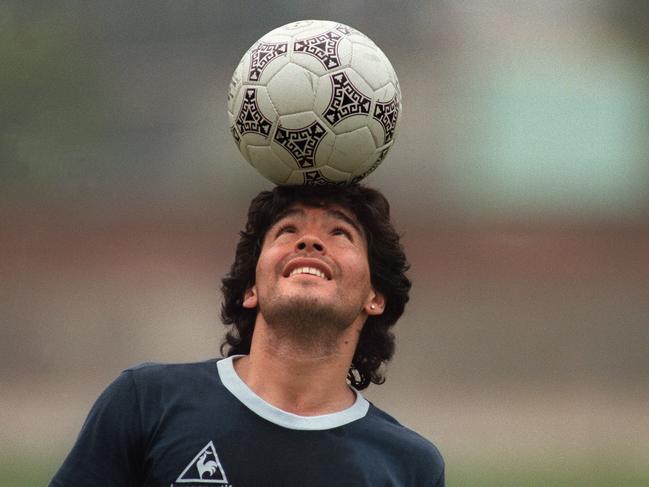
For many years, Maradona acknowledged only Dalma and Giannina as his offspring, but that number has grown to five from four different women, including Diego Fernando, Diego Junior, 34 (from an affair with Cristiana Sinagra in his playing days in Naples) and Jana, 24, whom Maradona recognised as his daughter in 2010.
In 2019 Morla told the media that Maradona would travel to Havana, Cuba — where he had spent time in rehab after 2000, occasionally hanging out with Fidel Castro and, evidently, a number of women — to take paternity tests and formally recognise children six, seven and eight. At the time, Giannina joked on Instagram that her father “only needs three more to make 11”, enough to fill a football team. “You can do it,” she added.
Other possible Maradona children have requested DNA tests, one even demanding that Maradona’s body be exhumed for that process. In Argentina a person can only assign one third of their assets in a will; the rest is transferred directly to their children or spouse. Given that Maradona had no will and no partner, any money should, in theory, go to his children. Perhaps, depending on the contents of his estate, more will appear.
Maradona said in 2019 that he was going to give away what he had. “I’ll tell you all now, I’m not going to leave anything, I’m going to donate it,” he said.
However, with Morla representing him, he had previously shown a desire to chase any assets, taking Villafane to court in 2015 for alleged fraud and misappropriation of 458 objects related to his career including trophies, jewellery and mementos. She was acquitted.
It reminds me that, when I visited Buenos Aires to interview Maradona’s friends and family, including his (then teenage) daughters, Claudia showed me a room in her flat that was a treasure trove of trophies, memorabilia and the jerseys that Maradona had swapped in his career; a Brazil No 10, an AC Milan No 8 and dozens of others hanging from a rack.
Claudia picked up a bottle of Diego Armando Maradona Clasico Malbec that still sits unopened on my desk, waiting for the day when it feels right to raise a toast to an extraordinary life — although I could not bring myself to drink it on that day he died. It is one part of Maradona’s estate that no one else is touching.
Additional reporting by Lucinda Elliott
The Times
More Coverage
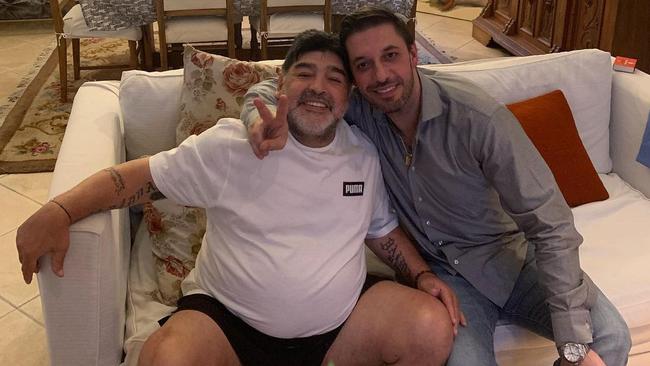



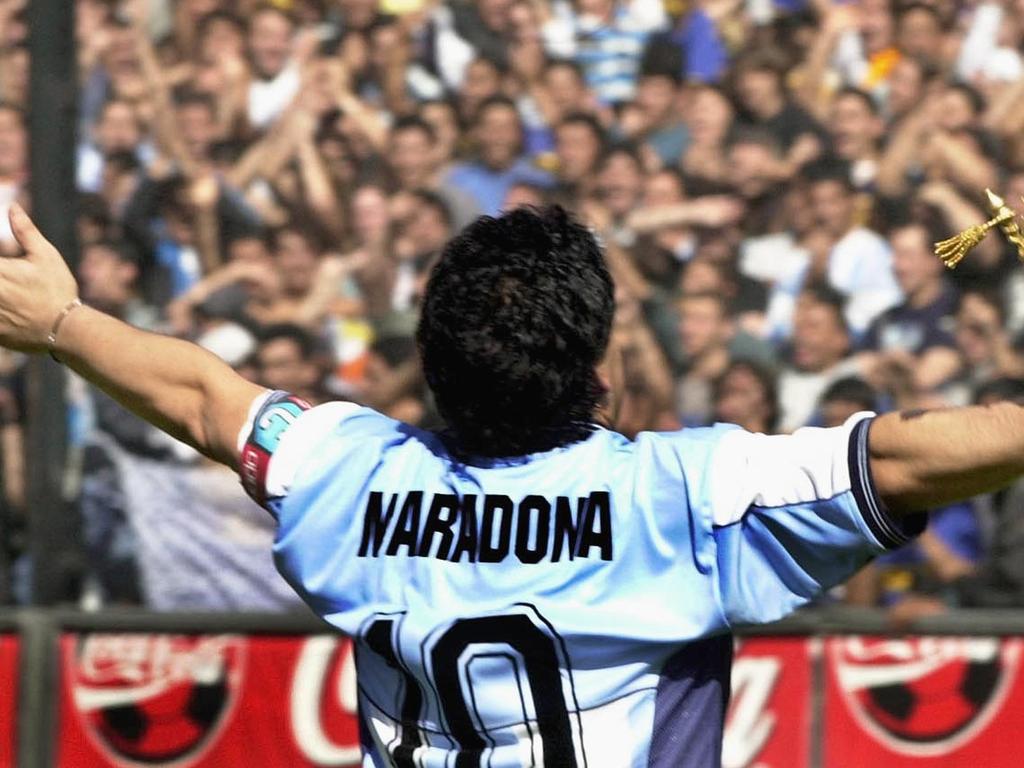



To join the conversation, please log in. Don't have an account? Register
Join the conversation, you are commenting as Logout